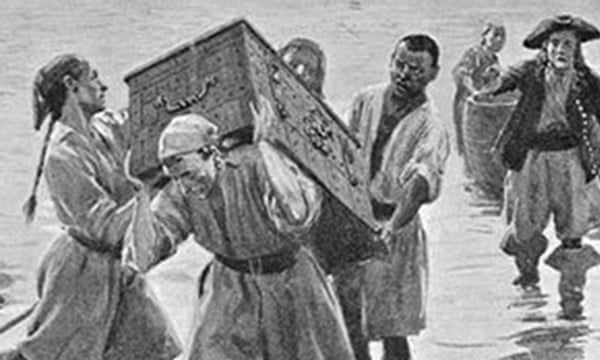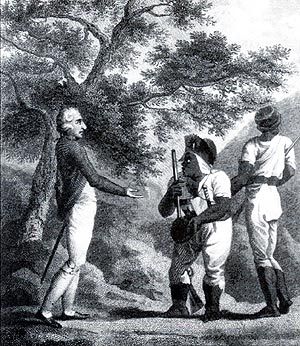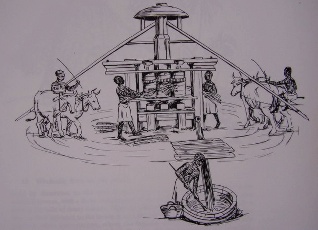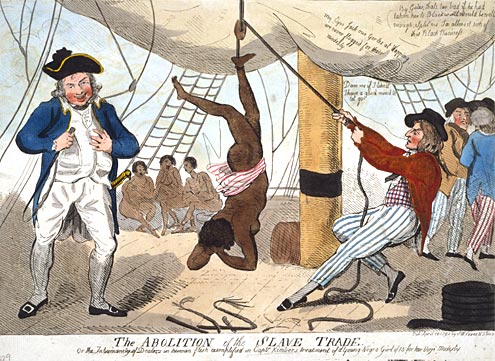After spending two years chasing pirates in the Indian ocean, William Kidd arrived back home. He had made one significant capture, not of a pirate, but of a ship carrying a French shipping license. Since France and England were at war, Kidd assumed the French ship was a lawful prize.
But when Kidd returned to English territory - he made landfall in the Caribbean - he discovered that he was accused of piracy. He left his ship and much of his plunder, and returned to New York using a smaller vessel. The men that he had left buried the treasure and burned the ship as per Kidd's instructions.

Once in New York, Kidd visited his wife
and step-children, and hired a lawyer. He also may have buried additional
treasure in the area.
But Kidd’s royal backers were in a frenzy.
The plan had been to send Kidd into the Indian Ocean, capture several pirate
ships, bring their treasure home on a schedule, and declare victory. Instead,
Kidd had taken years more than expected. The Indian Ocean situation was worse than ever,
merchant ship owners were angry, the Royal Navy felt insulted, and people were
accusing Kidd of turning pirate himself.
Worse, he may have been trying to cheat
his financial backers.
Kidd did not do much to help his own
situation. He turned the French licenses from the ship he had robbed over to
his lawyer. The lawyer promptly gave them to Kidd's secret backer, Lord Bellomont, who made them
disappear. Then Kidd tried clumsily to bribe various people. He also began to hint that he had vast riches
buried.
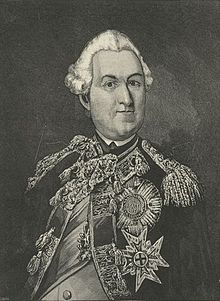 |
| Richard Coot, First Earl of Bellomont |
Probably he thought that no one would hang him as long as he had money
that only he could recover.
At this time, all pirate trials were held
in England. Kidd and the men who returned with him were taken back to England
at once. They were held awaiting trial for over a year.
When the trial finally took place, it was
a confusion of contradicting testimony. Kidd told a story that wasn’t very
consistent. During one part of his testimony, he claimed that the Adventure Galley had sunk. Later he said
that he had burned her.
But the real testimony against Kidd was the opinion of the English people. Kidd's mission had been, as much as anything, a public relations ploy. Powerful men in English politics wanted to be seen to be "doing something" about the pirate problem. But they were smart enough to keep their identities secret.
If the mission had gone as planned - a short voyage, the capture of several pirate ship, Kidd returning with piles of formerly-pirate treasure - these men probably would have stepped forward to take credit for the effort. Since it had become a disaster, they wanted their names kept as far away form the bad publicity as possible.

The end result had already been decided. Kidd
was found guilty. But, perhaps because he still believed his powerful backers
would save him, he never revealed the names of his financiers.
He did, however, offer to take officials
to a “secret place” where he had stashed much treasure. Perhaps he believed
that the lust for gold would protect him. Instead, he was sentenced to hang.
His backers, still terrified that he would
implicate them, made sure that on the day of his execution, Kidd was too drunk
to speak, or even to stand. He was hauled bodily to the scaffold. But when he
was dropped, the rope broke. Another rope was quickly put up, and William Kid
was hanged by the neck until dead on the 23rd of May 1701. According
to custom, his body was then covered in tar and left on display, as a warning
to other pirates.
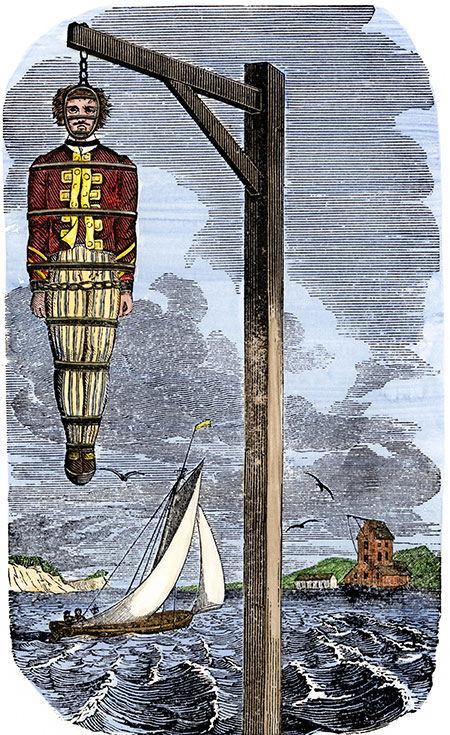
Kidd may have never actually been a
pirate, but he became the scapegoat of a failed mission. What he did do was to
bury treasure. Conservative estimates say that if it were found today, Kidd’s
stash would be worth many millions of dollars.
But where was the gold? Treasure hunters
have looked in and around New York, the Carolinas, Catalina Island and Antigua
in the Caribbean, and on various islands in the Indians Ocean. Recent explorers
claim to have found the remains of the Adventure
Galley but nothing is yet verified. Certainly no millions of dollars of
plunder have yet been uncovered.

Kidd may not even have been a pirate. But
he single-handedly started the stories of buried treasure, and as a pirate
legend, he is immortal.




